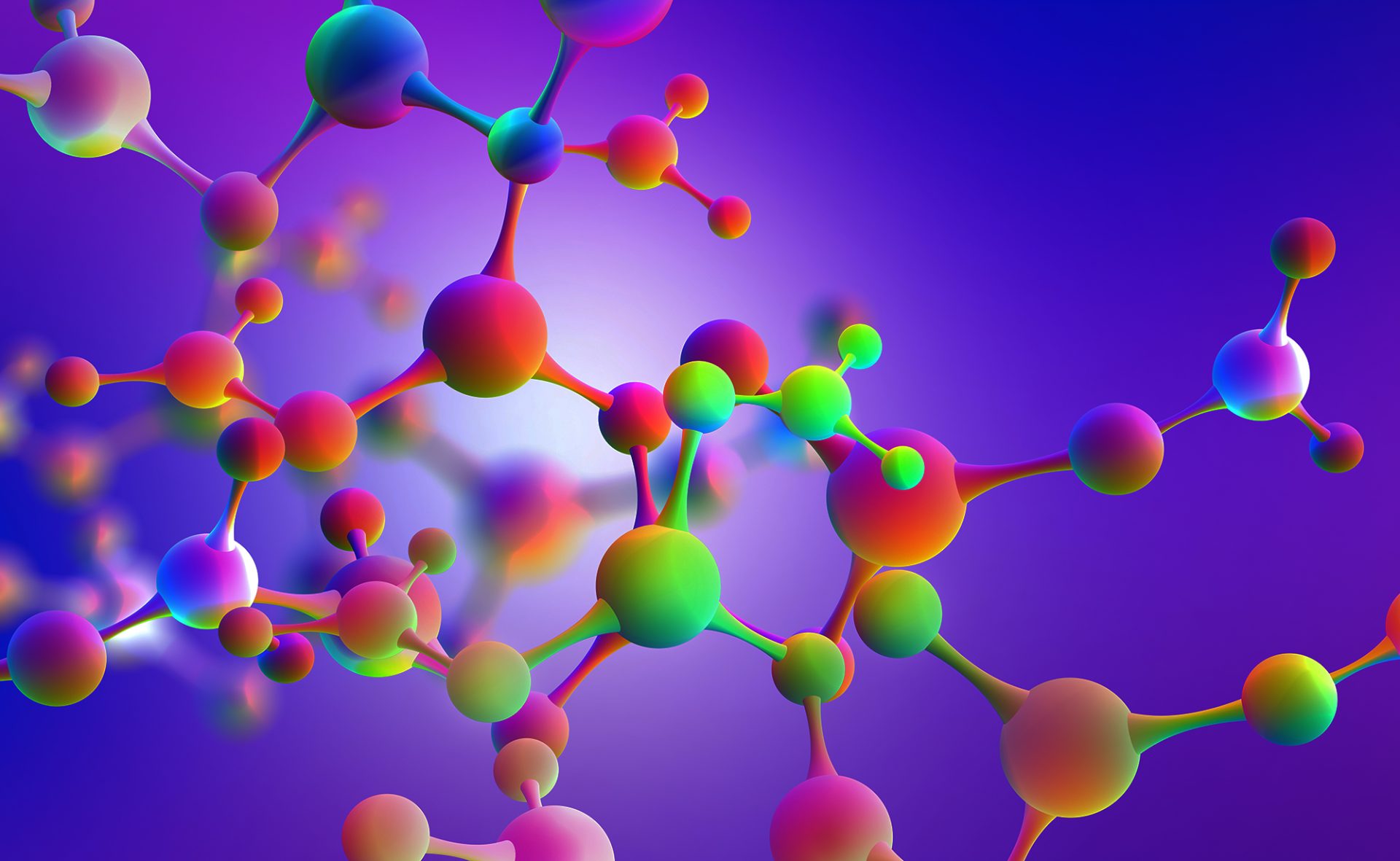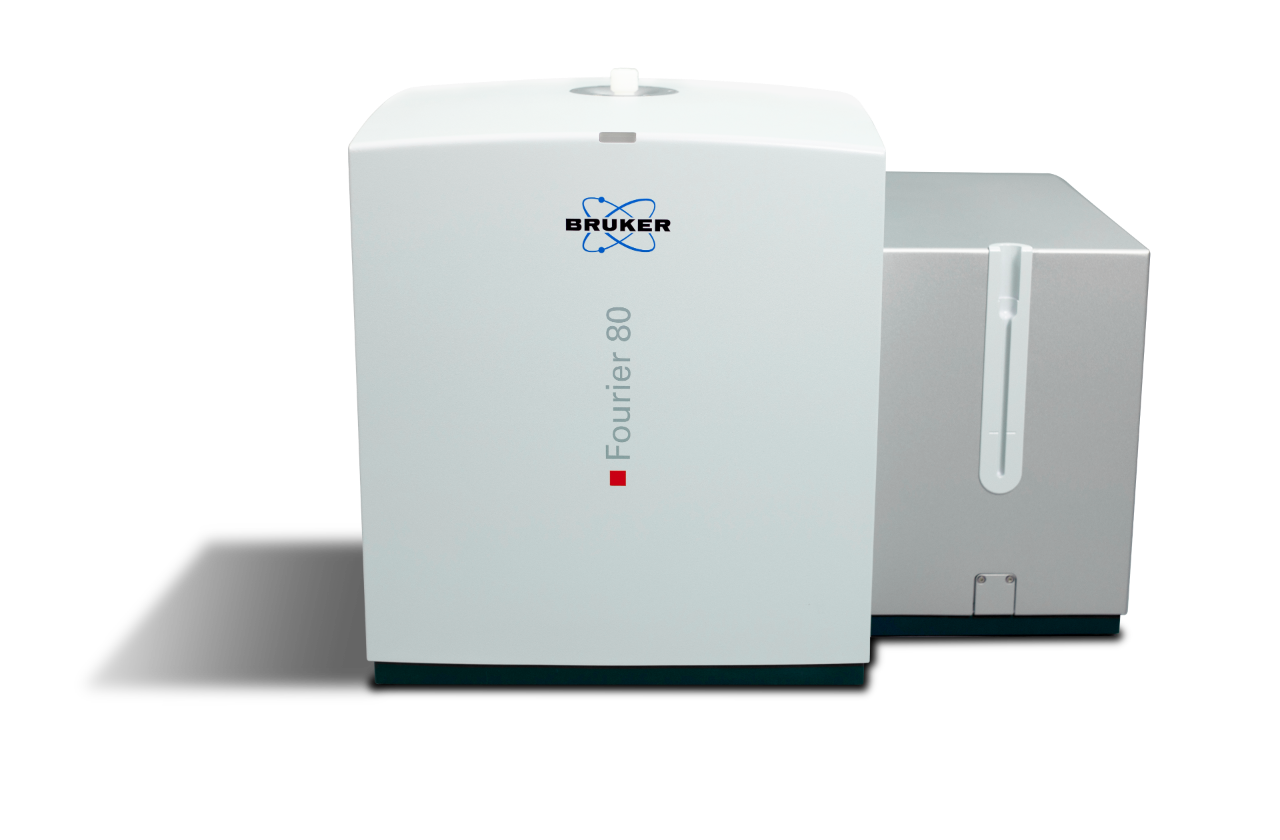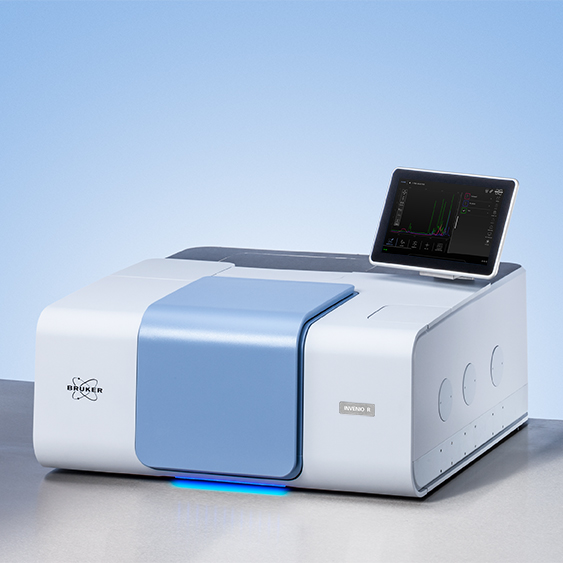

Structure Analysis
Structure verification, elucidation and determination
Structural information about targets, fragments, starting materials, intermediates, by-products, impurities, and final products in both liquid and solid state is essential to timely and safely bringing drugs to market.
The level of certainly required from structural analysis varies during the different stages of R&D and manufacturing, depending on the problem to be solved or the questions to be answers.
During the drug discovery stages, NMR is used to check the quality of fragment libraries used for fragment-based screening, giving information about the fragment concentration and its structure in a single experiment. NMR and X-ray single crystal diffraction data are then used to determine the 3D structure of leads in solutions and in the solids sate respectively to increase the success of lead optimisation and make education decision on how to proceed.
The combination of MS and NMR is used every day by the medicinal chemist to check whether they have made the right compound and to be able to confidently proceed with the synthetic route. The same happens during the stages of synthesis optimization and scale-up. NMR is of special importance here for being able to elucidate the structure of intermediates and therefore give insight into reaction mechanisms.
A very important step of drug development is the structural elucidation of impurities. For an API dose at < 2 g/day, the organic impurities threshold is 0.1%. Any impurity above that threshold need to be identified. Once the structure is known the allowed threshold might increase to 0.5%, alleviating the pressure on the synthesis and purification steps. Structure elucidation of unknown impurities, degradants and force-degradation products are typically done by a combination of isolation/preparation steps followed by NMR and MS data analysis.
At the late stage development, when preparing the documentation for filing the drug to the regulatory authorities, a full proof of structure is required, by a wide range of technique, to ensure that the structure of the active pharmaceutical ingredient (API) is this and not any other. These techniques include NMR, MS, IR and X-ray crystallography. NMR data helps to narrow down the potential molecular formulae for the API. Accurate MS-MS data suggests potential molecular fragments that will be confirmed by NMR. NMR links the fragments and the rest of the atoms of the molecule. IR gives information about functional groups and single crystal X-ray crystallography determines the 3D structure and absolute configuration. The different pieces of structural information have to all fit to solve the puzzle and to proof the structure. Bruker is unique in being able to offer all these techniques, a wide range portfolio of instrumentation, applications, and methods to fit every pharmaceutical laboratory.
Bruker’s wide range of techniques approach structure characterization from all angles, increasing speed and confidence. Why infer when you can be sure?

